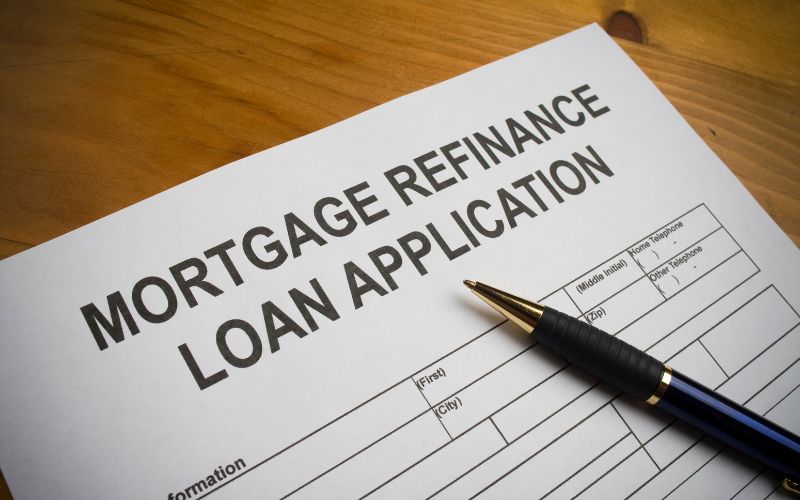
Around one in 10 first-home owners in Australia is struggling to refinance for having low equity in their properties.
According to Lendi, 11.4% of first-home owners hold a loan-to-value ratio of 90% or above, which limits their capacity to shop around for another loan and refinance.
This comes at a time when many first-home owners are preparing to roll off their ultra-low fixed rate mortgage into a revert rate, which will take into account the past rate increases.
Figures from Lendi show that around 4% of borrowers hold 5% or lower equity in their homes, which means an above 95% LVR.
A third of borrowers are in the 80% to 90% LVR band. A little higher are in the 60% to 80% LVR band.
-
Advertisement
Buying a home or looking to refinance? The table below features home loans with some of the lowest interest rates on the market for owner occupiers.
| Lender | Home Loan | Interest Rate | Comparison Rate* | Monthly Repayment | Repayment type | Rate Type | Offset | Redraw | Ongoing Fees | Upfront Fees | Max LVR | Lump Sum Repayment | Extra Repayments | Split Loan Option | Tags | Features | Link | Compare | Promoted Product | Disclosure |
|---|---|---|---|---|---|---|---|---|---|---|---|---|---|---|---|---|---|---|---|---|
5.29% p.a. | 5.33% p.a. | $2,773 | Principal & Interest | Variable | $0 | $530 | 90% |
| Promoted | Disclosure | ||||||||||
5.19% p.a. | 5.10% p.a. | $2,742 | Principal & Interest | Variable | $0 | $0 | 80% |
| Disclosure | |||||||||||
5.39% p.a. | 5.43% p.a. | $2,805 | Principal & Interest | Variable | $0 | $530 | 90% |
| Promoted | Disclosure |
-
Based on the latest data, 25% of all first-home owners have fixed rates of 3% and below while 21% were on a mortgage with a fixed rate or 2.5% and even lower.
On average, first-home buyers have a mortgage loan of $557,000. Buyers with this loan size over a 25-year term who are rolling off a 3% rate are staring down a $1,242 jump in their repayments every month or $14,907 over the year.
For those with a fixed rate of 2.5%, an increase of $1,384 every month or an additional $16,617 in repayments over the year could be the case once the fixed term expires.
Lendi Group CEO Dave Hyman said first-home buyers will be some of the hardest hit over the next few months.
“For young Australians who took the Government’s First Home Buyers scheme, the numbers are even more alarming, with more than half of those on an LVR above 95%, still on a fixed rate below 3%, leaving them exposed once their fixed term ends, with little room to move,” he said.
“The reality is, for homeowners who have an LVR above 90% it does become more difficult to refinance — the good news is that it’s not impossible.”
Mr Hyman said brokers can help first-home owners look for ways to help them qualify for a refinancing.
Furthermore, he said there are already banks that are already tweaking their serviceability rules, allowing borrowers to have ease in refinancing.
Mr Hyman said borrowers can also consider working on their household expenses where possible to boost surplus income, including cancelling or reducing the limit on your credit card
“A higher surplus income, or any income, can help reduce the 'stress test’ or serviceability buffer undertaken by lenders during the refinance assessment phase, and this can assist approval chances,” he said.
-
Photo by KLH49 on Canva.
Collections: Refinance home loans Mortgage News





Share